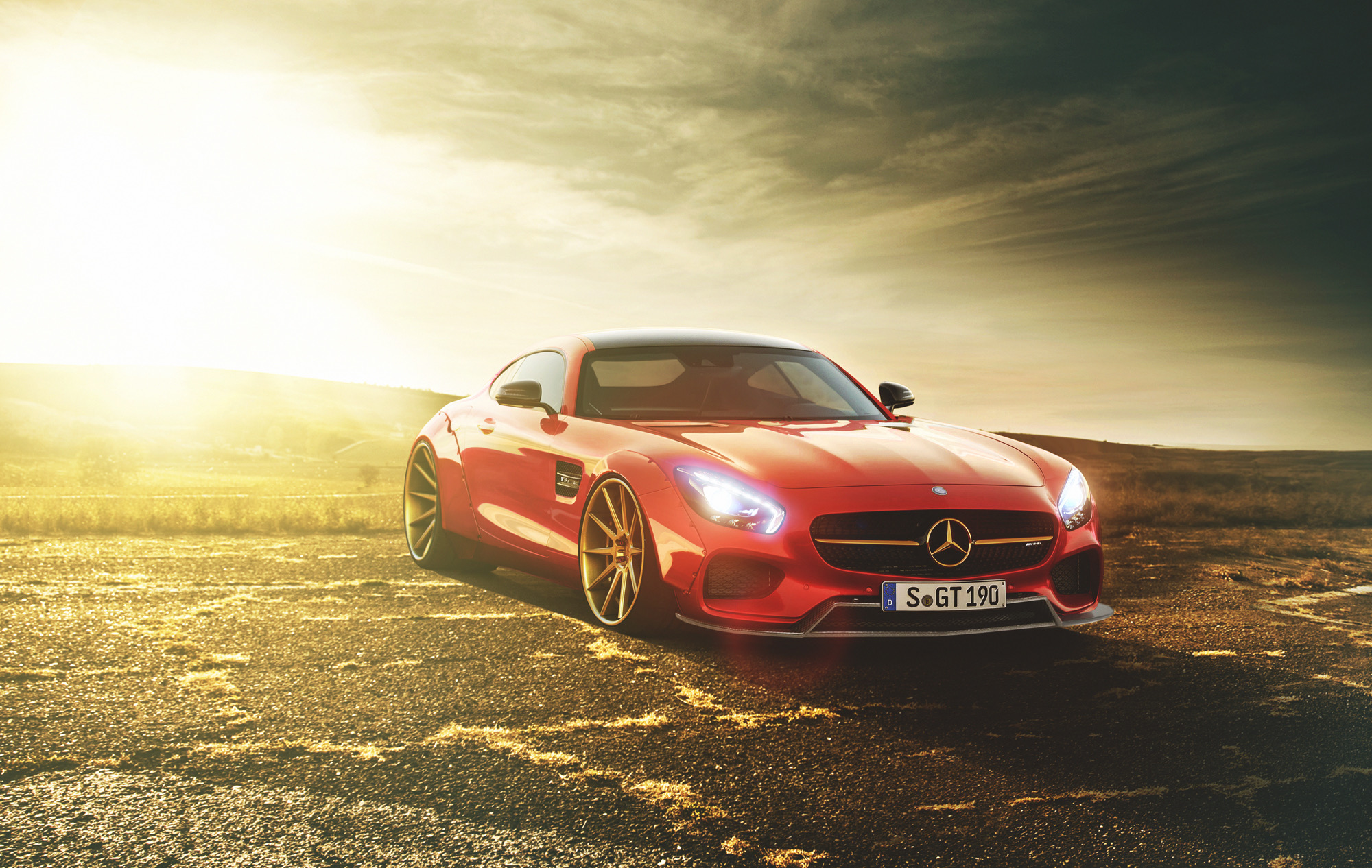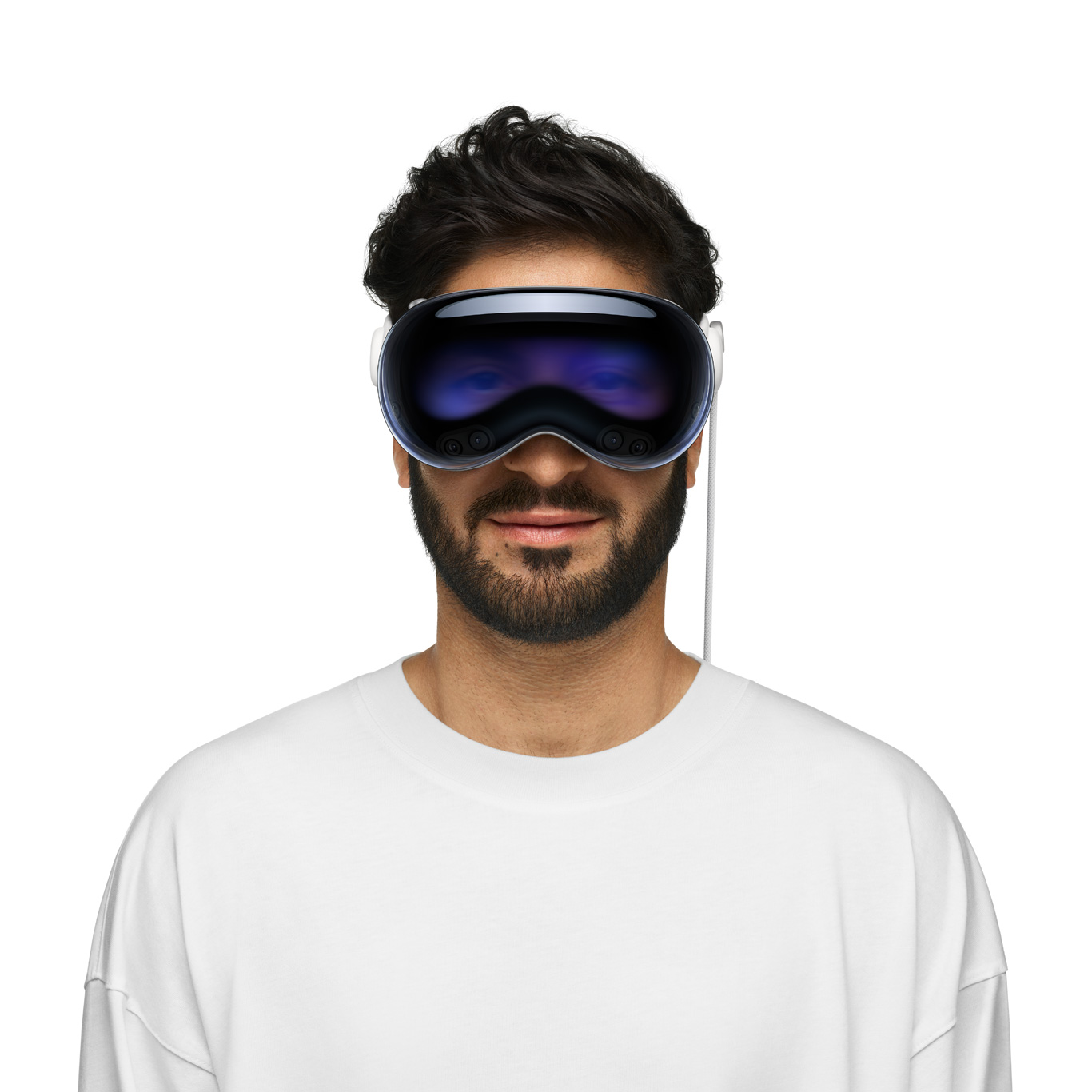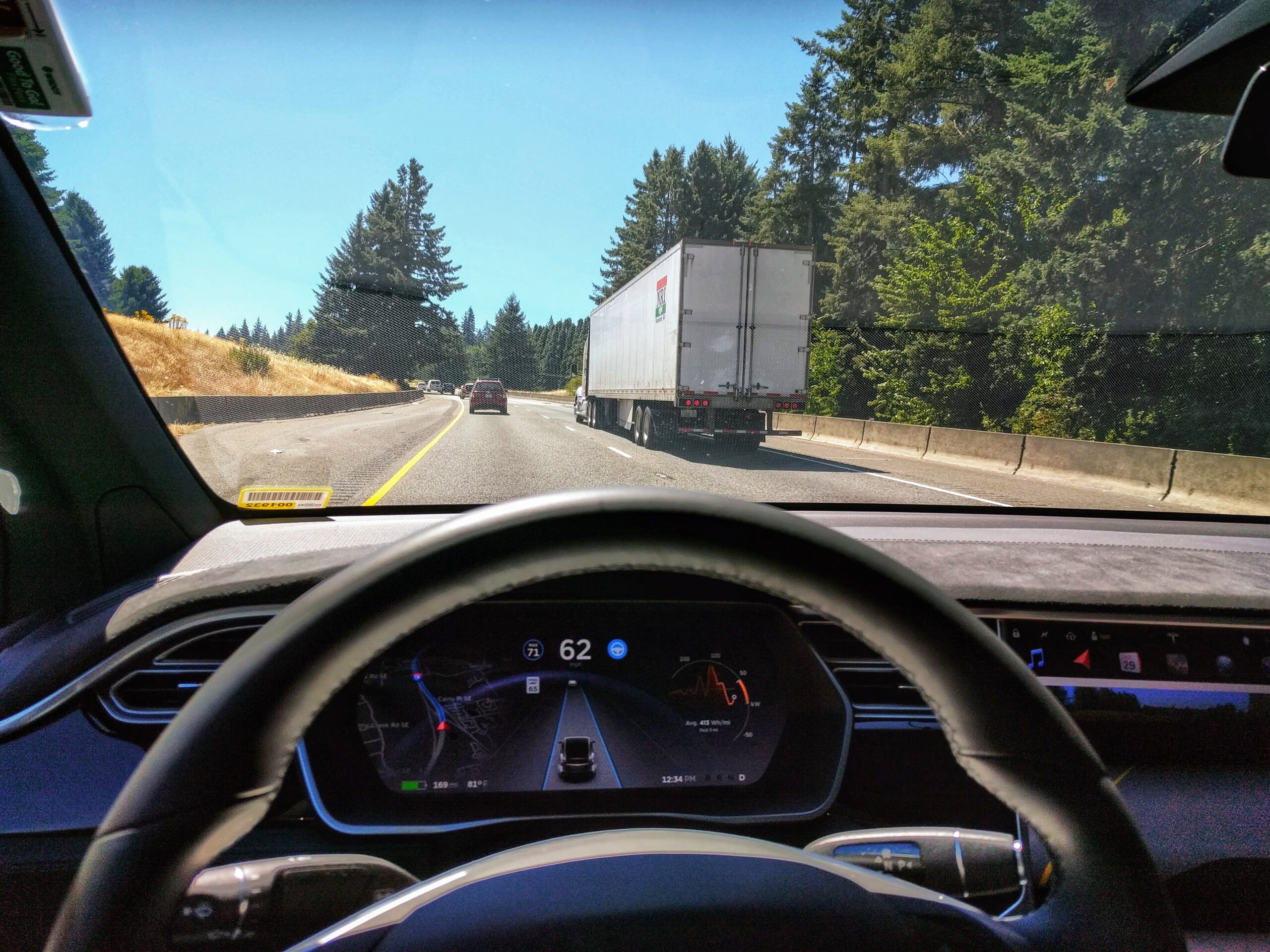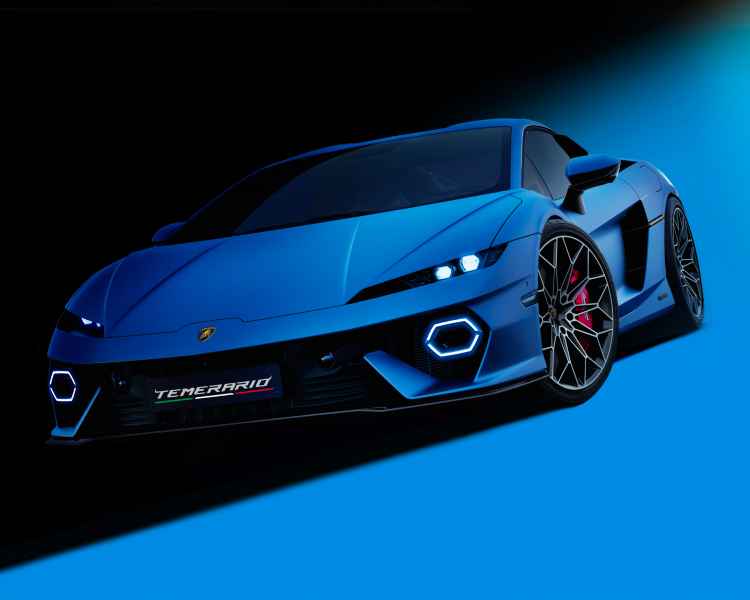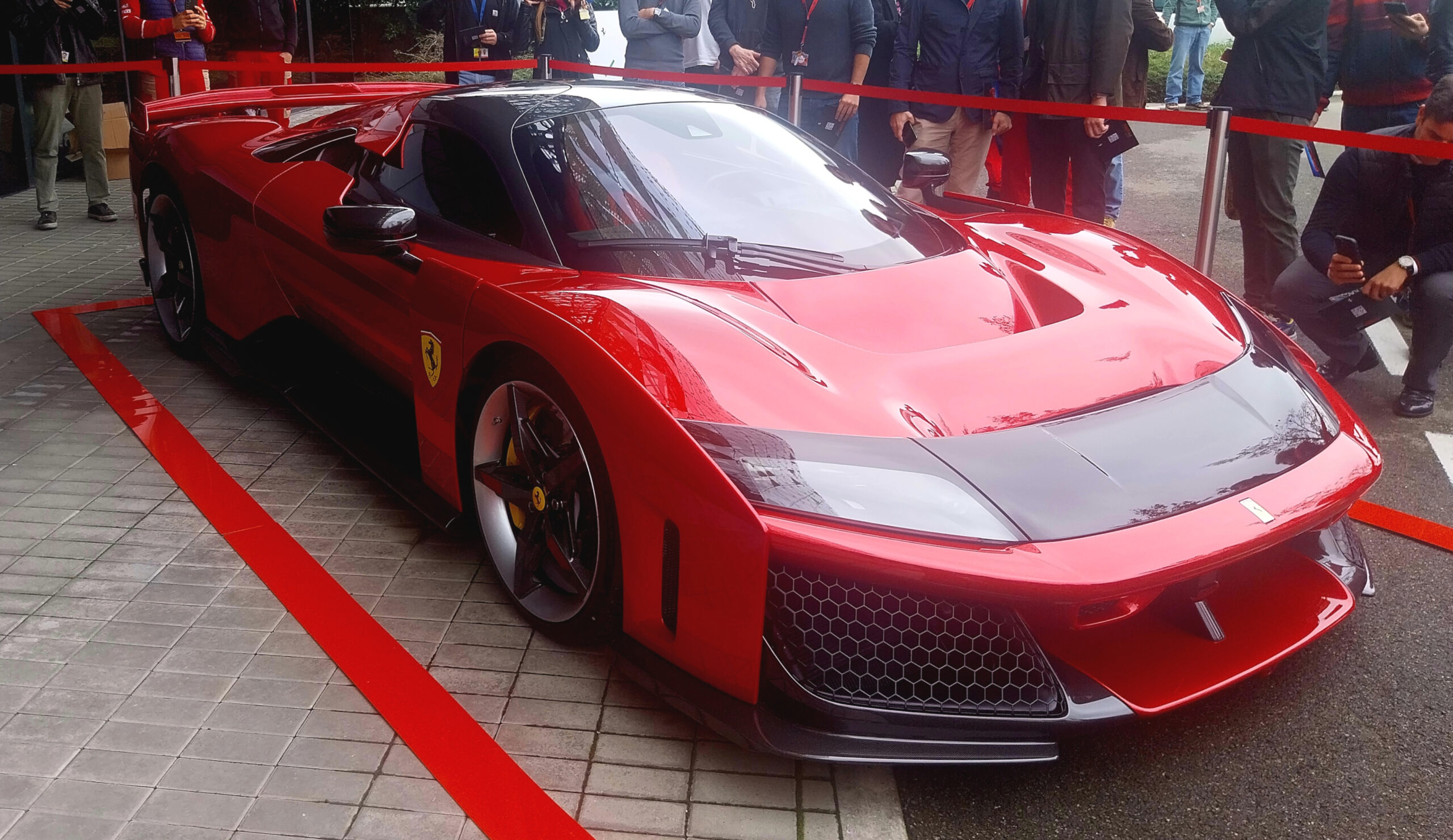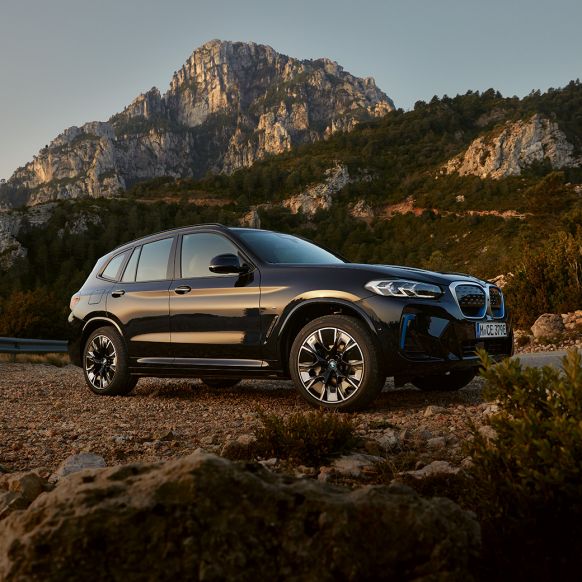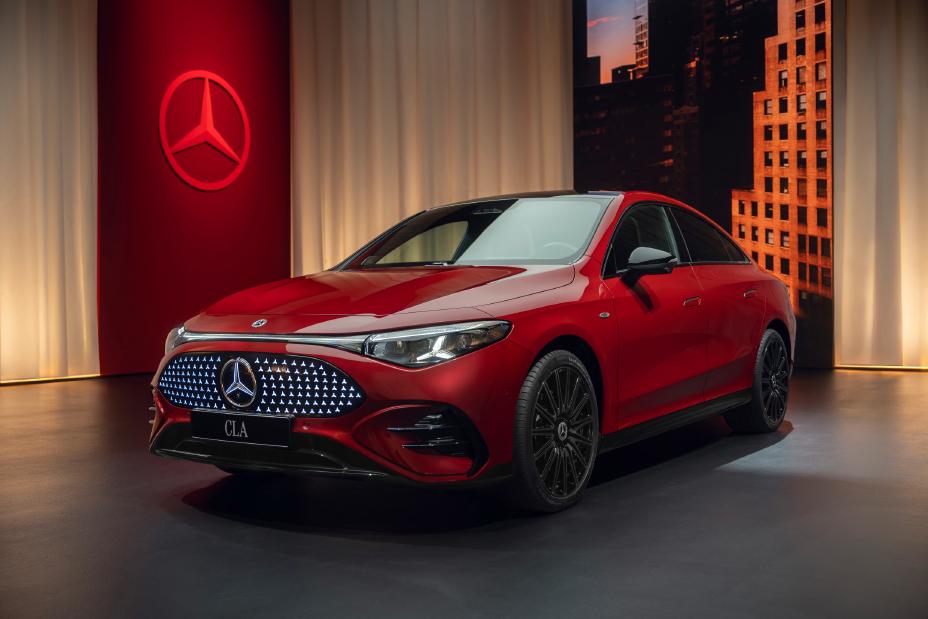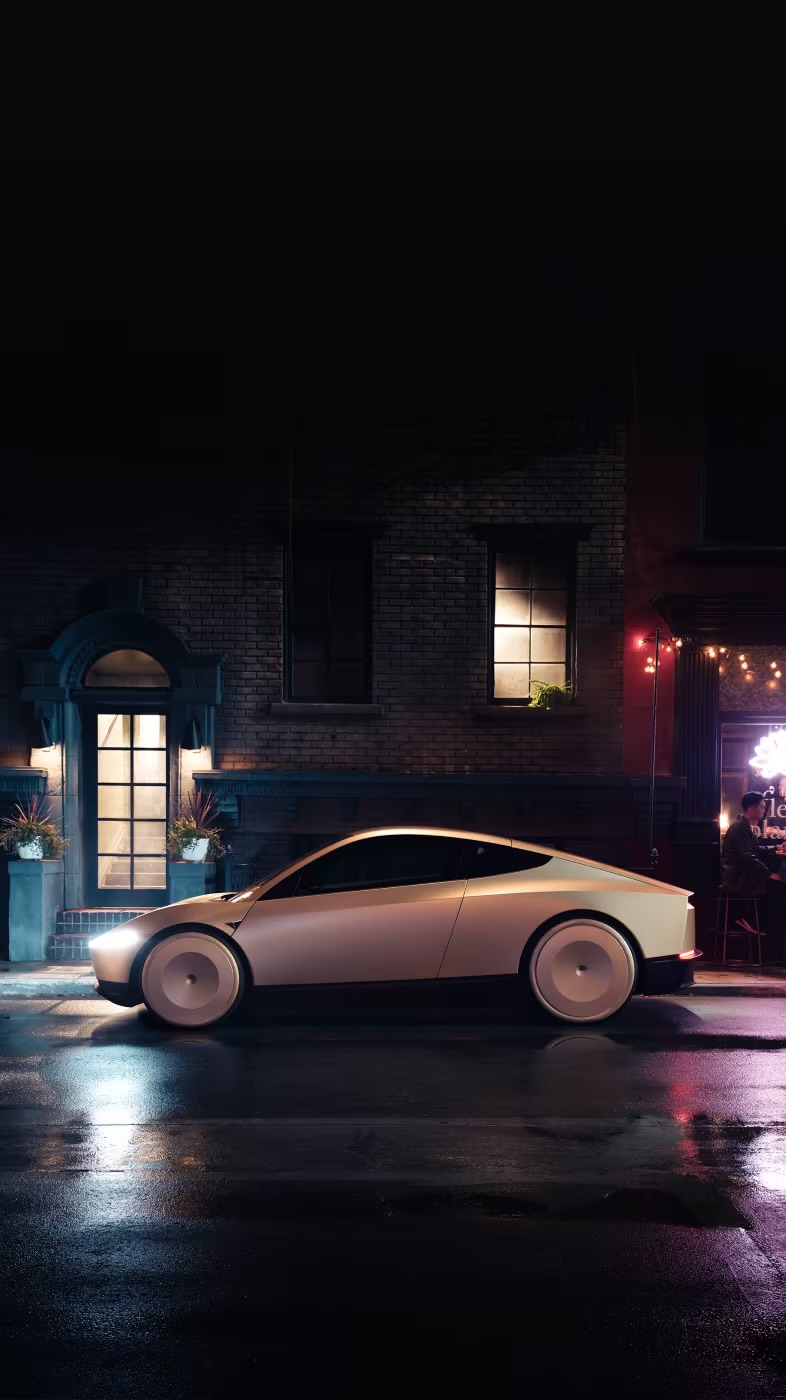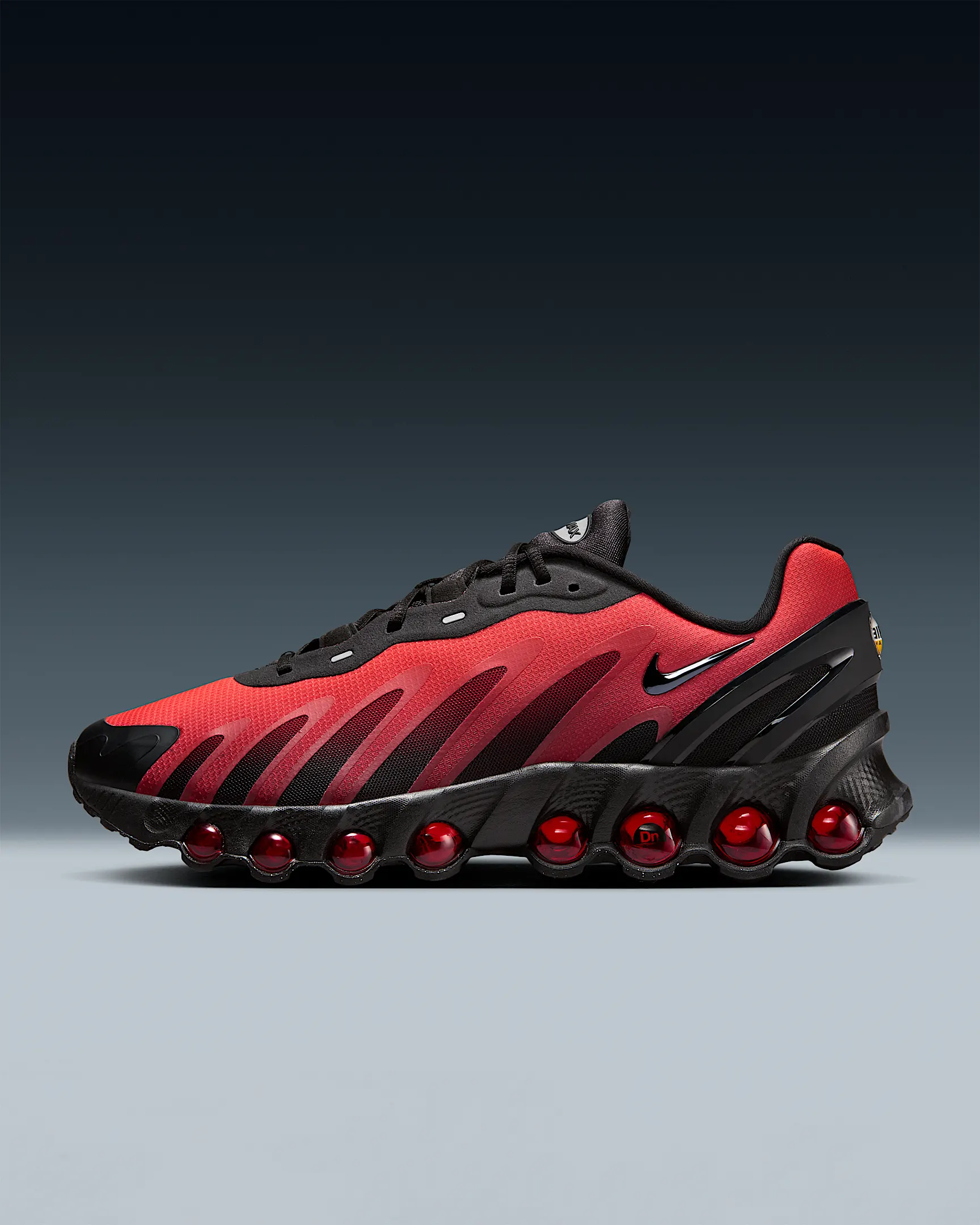When it comes to hydration, two of the biggest names in sports gear, Nike and Adidas, have expanded their reach beyond footwear and apparel, offering top-notch water bottles designed for athletes, fitness enthusiasts, and everyday users alike. With both brands synonymous with high performance, it begs the question: Which brand offers the better hydration solution? Let’s take a closer look at Nike and Adidas water bottles, breaking down their designs, durability, functionality, and overall value.
1. Design and Aesthetics
Nike Water Bottles
Nike’s water bottles are known for their sleek, modern designs that resonate with their signature brand style. The bottles often feature simple yet bold aesthetics, with the iconic swoosh displayed prominently. Their bottles come in a variety of colors, typically featuring minimalistic design elements that blend sportiness with functionality.
Most Nike water bottles are lightweight, portable, and crafted with athletes in mind, featuring ergonomic designs that fit comfortably in your hand or bottle holder. Many of their bottles also feature easy-to-grip textures for those intense workout sessions.
Adidas Water Bottles
Adidas water bottles, like their footwear, focus on functionality and style. Their bottles often feature their signature three stripes or logo in classic black-and-white designs, with some variations in color. Adidas tends to go for a rugged, durable look while still maintaining a clean, sporty aesthetic.
What stands out about Adidas water bottles is the variety of styles they offer, from simple squeeze bottles to insulated stainless-steel models, all designed to meet the needs of different activities.
Winner: Both brands excel in design, but Nike has a slight edge with its trendy, ergonomic designs that cater more directly to athletes’ needs.
2. Durability and Material Quality
Nike Water Bottles
Nike uses a range of materials, including BPA-free plastic, Tritan plastic, and stainless steel, depending on the model. Their bottles are generally lightweight but sturdy, designed to withstand drops and bumps during workouts or outdoor activities. Nike also focuses on eco-friendly materials for some of its products, aligning with their broader sustainability efforts.
That said, their plastic models tend to be more susceptible to wear and tear over time compared to stainless steel options, which are often more durable but slightly heavier.
Adidas Water Bottles
Adidas water bottles are built to last, with most models made from high-quality plastic or stainless steel. Their stainless-steel options are particularly noteworthy for their durability, able to keep drinks cool for long periods. Adidas also offers BPA-free plastic bottles that are lightweight but tough enough to handle daily use.
Their bottles feel more robust, with some models designed specifically for extreme sports or outdoor activities, offering a level of durability that rivals Nike’s water bottles.
Winner: Adidas takes the lead in terms of durability, especially with their stainless-steel offerings, which are more resilient and long-lasting compared to Nike’s plastic models.
3. Functionality and Features
Nike Water Bottles
Nike’s water bottles are designed with athletes in mind, which means you’ll find features like fast-flow spouts for quick hydration, leak-proof lids, and insulated versions that keep beverages cold for up to 24 hours. The ergonomic grip and shape make it easy to hold, even during vigorous exercise. Their squeeze bottles are a favorite among runners and cyclists for easy one-handed use.
Some Nike bottles also include measurement markers, allowing users to track their daily water intake, a great feature for those focused on staying hydrated.
Adidas Water Bottles
Adidas matches Nike in terms of functionality, offering bottles with wide mouths for easy cleaning and filling, leak-proof lids, and quick-release spouts for fast hydration. Adidas also offers insulated water bottles that keep drinks cold for extended periods, making them great for outdoor activities or long gym sessions.
One standout feature of Adidas water bottles is their wide variety of lid options, from flip-top to twist-cap and even straws, catering to personal preferences.
Winner: Both Nike and Adidas score high in functionality, but Adidas edges out with more lid options and better insulation across its models.
4. Price and Value
Nike Water Bottles
Nike’s water bottles tend to be priced on the higher end, especially their stainless-steel and insulated models. You’re paying for brand recognition and quality design, but some users may find that similar functionality is available from lesser-known brands at a lower price point. However, for athletes or brand loyalists, the price may be justified by Nike’s reputation for durability and performance.
Adidas Water Bottles
Adidas water bottles are generally priced competitively with Nike’s, though they tend to offer more budget-friendly options. Their stainless-steel bottles and high-end models offer great value for money considering the durability and features provided. You’re likely to find a quality water bottle within a range that fits your budget, whether you’re looking for an entry-level model or a premium option.
Winner: Adidas wins this round by offering more variety at competitive prices, giving you more bang for your buck across different categories.
Conclusion: Nike vs. Adidas – Who Wins?
In the battle of Nike vs. Adidas water bottles, it’s a close race. Both brands bring their A-game when it comes to design, functionality, and durability. Here’s the final breakdown:
- Design: Nike excels with sleek, athlete-focused designs.
- Durability: Adidas wins with its rugged, long-lasting stainless-steel models.
- Functionality: Adidas edges out with more lid options and superior insulation.
- Price and Value: Adidas offers more variety at competitive prices.
Final Verdict: Adidas is the overall winner for those seeking durability, variety, and value. However, if you’re a Nike fan who values sleek designs and athletic-focused features, you can’t go wrong with their hydration solutions. Either way, both brands deliver quality water bottles to keep you hydrated during your toughest workouts!

